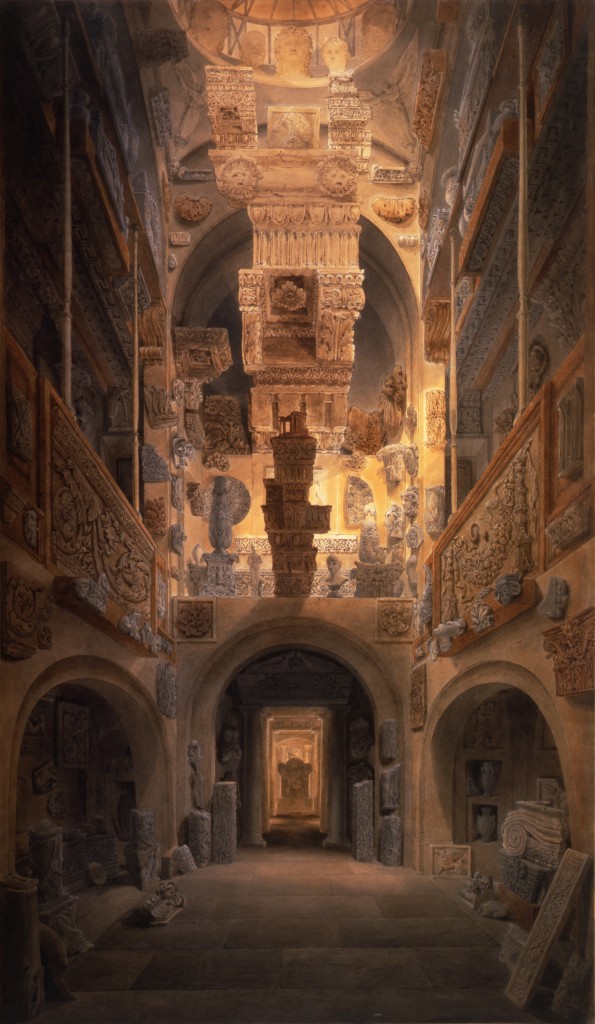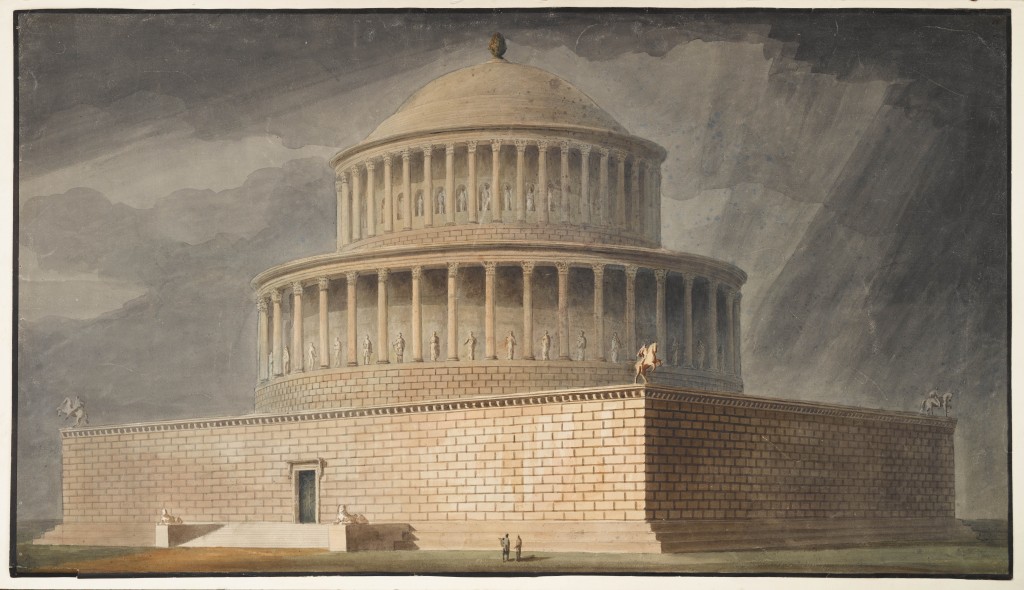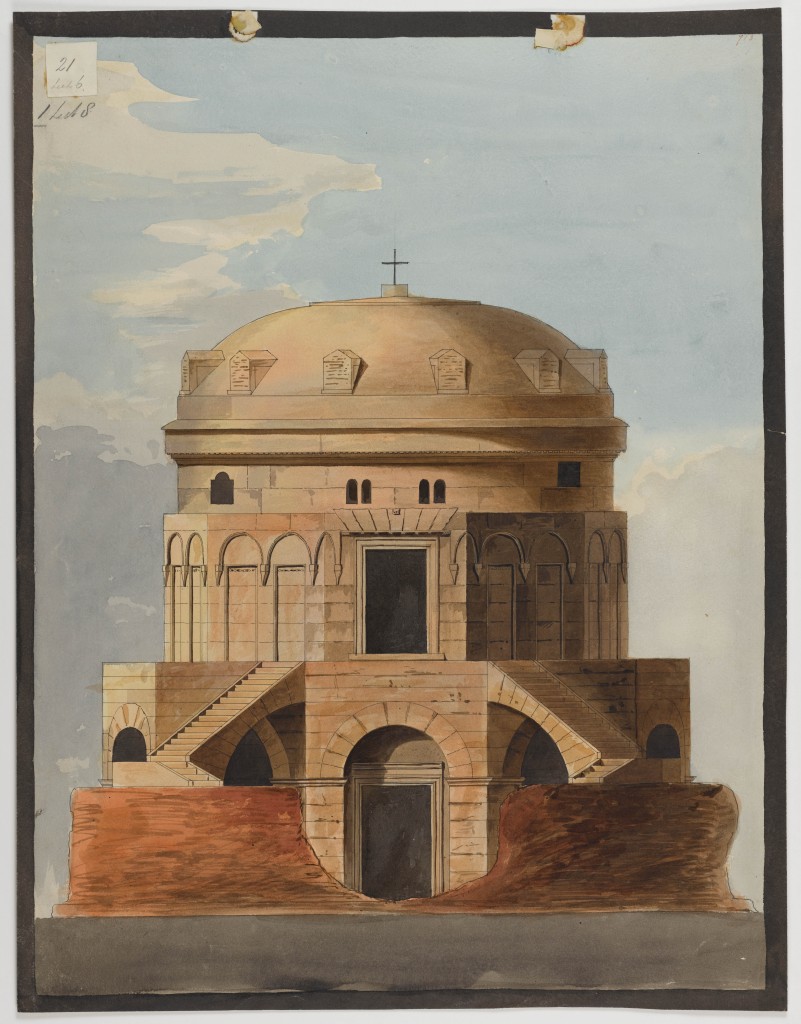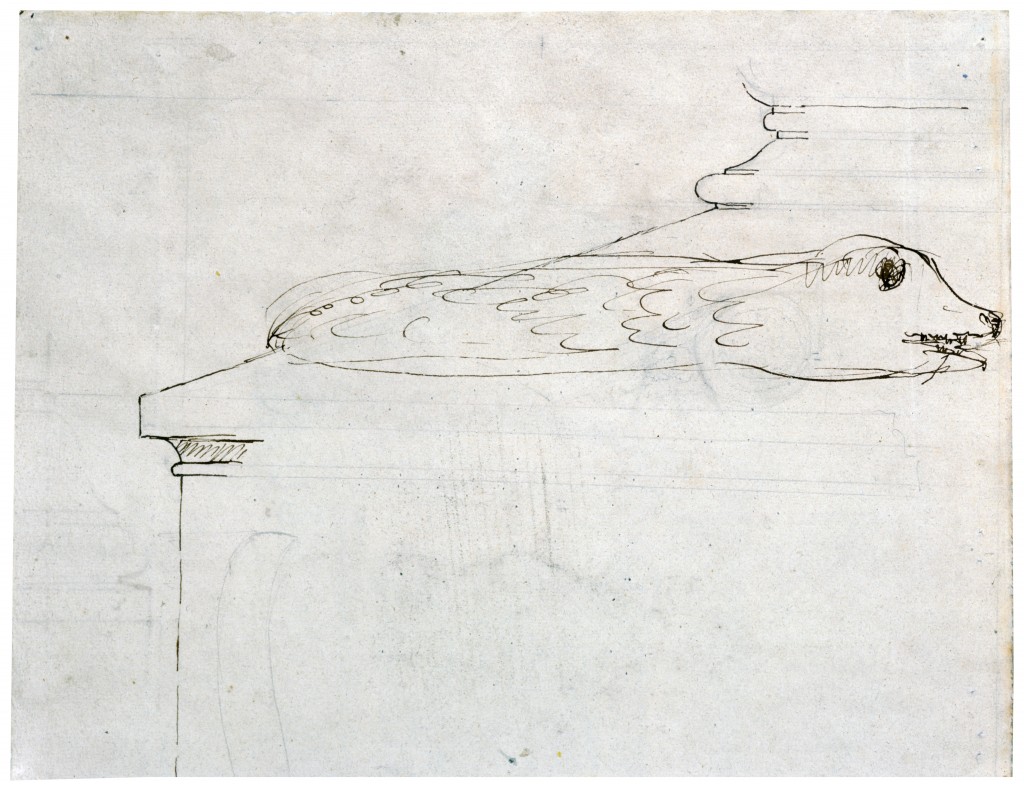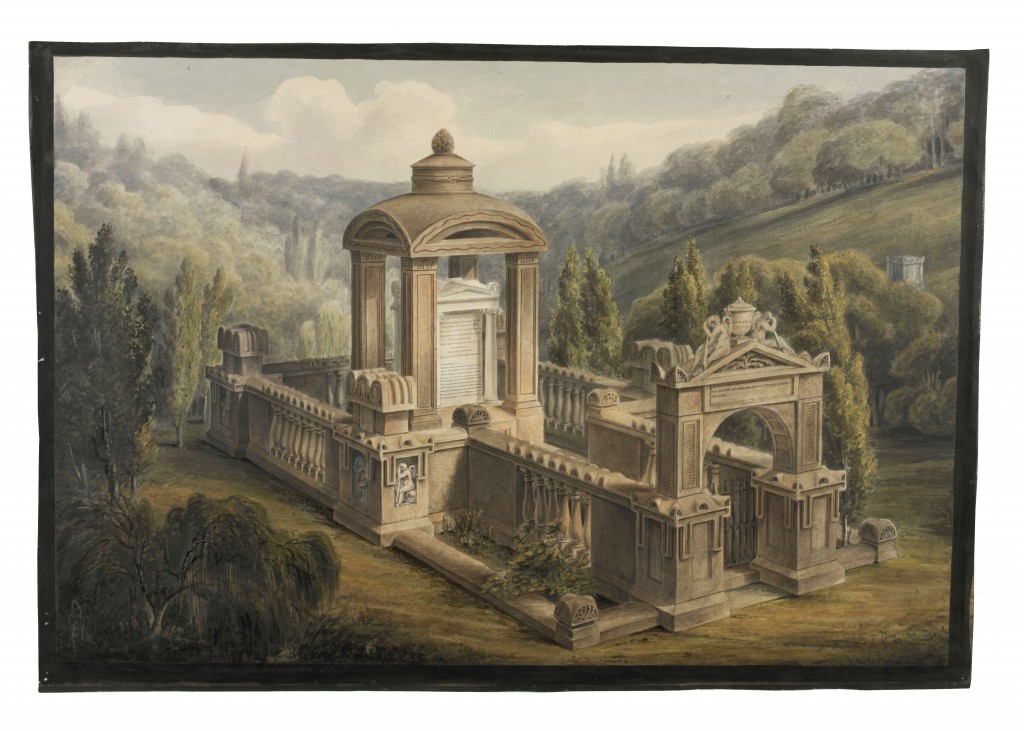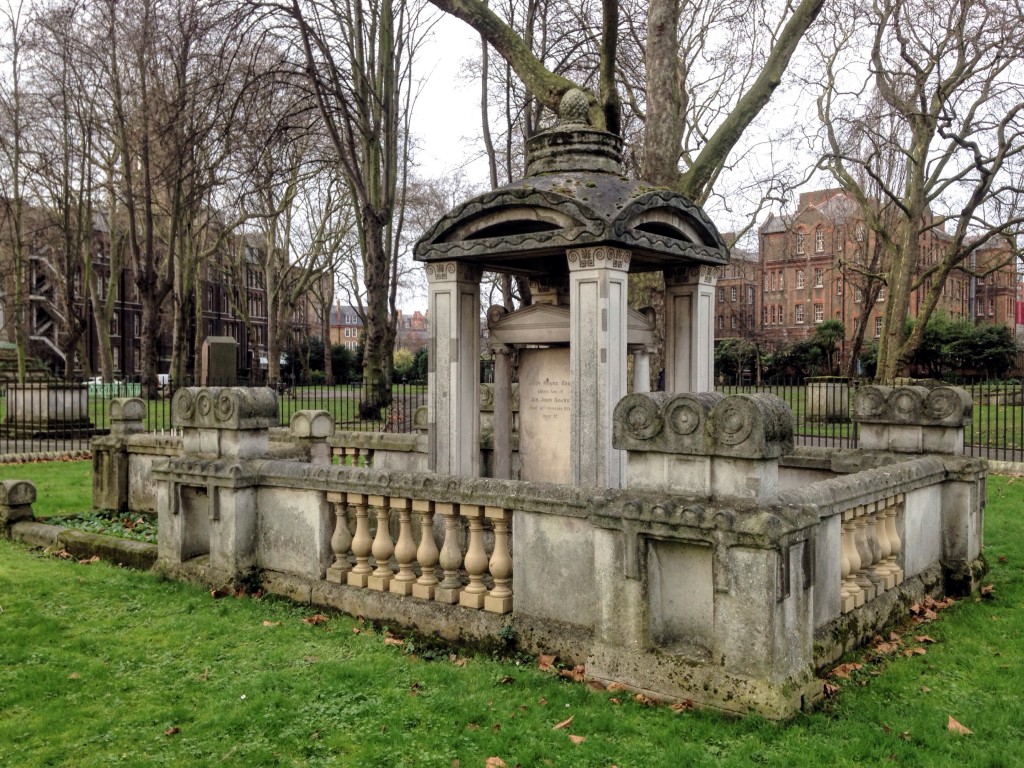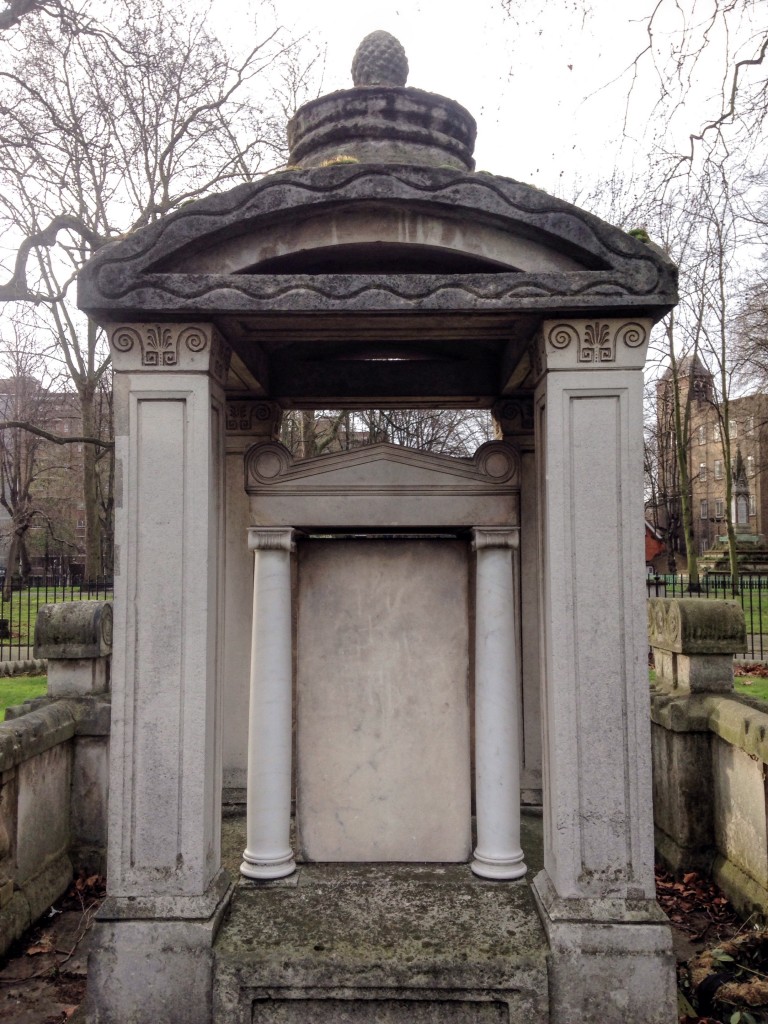This week I headed to the Soane Museum. I was intrigued to see the Death and Memory, Soane and the Architecture of Legacy exhibition which commemorates the 200th anniversary of the death of his wife Eliza.
Back in the folds of 13 Lincoln’s Inn Fields, the house he built from scratch, I am always blown away by the pared back simplicity marked against the contrast of the rich built up layers. ‘Monument Court’ – the 30 feet high assemblage of architectural fragments he created represents the evolution of architecture. Offering his students, a taste of the ‘Grand Tour’ itself – without ever needing to leave London.
I have to be honest and I am slightly embarrassed to admit it. For all of my love and passion for the man and for all of his influence on Jamb, I had no idea that Charlotte and I had unconsciously named our daughter Eliza after his wife.… Married for thirty one years, she was his confidante, ally and only love. They would only share two years together in the completed house before she died. Her death, a constant reminder through an array of paintings, sculpture, objects and illustrations of the Mausoleum he built. The tragedy further enhanced because of the terrible family break. Sir John Soane blamed the death of Eliza on his son George.
The two surviving sons ( two other sons died in infancy) showed no interest in Architecture. The wonderful guide who took me through the exhibition told me how George had tried to win his fathers approval in his own right. An expert in German, his translations of Goethe to English were highly regarded by his piers, however for Soane, it wasn’t the ‘right’ language. Not being French or Italian – the language of architecture. Further fractions resulted in his son completely turning against him. George anonymously wrote a series of chastising articles against his father’s architecture and legacy. Eliza exclaimed:
“These are George’s doings – he has given me my death blow- I shall never hold up my head again” Two months later she was dead.
Soane lived without her for a further twenty two years. Her bedroom lay intact for nineteen years and he instructed that her place always be laid at the table. He framed the ‘Death Blows’ articles of 16th and 24th September 1815, and hung it with a plaque. Every day a reminder.
After Eliza’s death it took six months for Sir John Soane and his team of students to design her resting place and family Mausoleum, drawing inspiration from Roman architecture.
It is one of only two Grade 1 listed monuments in London ( the other being Karl Marx’s tomb in Highgate)
Sir John Soane couldn’t bear to see the development of the building with his own eyes and was sent drawings by his students during the six month build.The first time he saw it was on the first anniversary of her death. He wrote, “ Go to Pancras? – No memorandum is necessary for the performance of this solemn duty. Eliza amata vale! My wounds bleed afresh.”
The Mausoleum, in St Pancras church is made from Portland stone and Marble
There are four faces for dedicatory inscriptions. Eliza rests on one side.
Sir John Soane on another
The family tragedy continued many years later when George’s daughter was very ill and pleaded with his father to help him pay for the doctors bills. He agreed but only on the premise she wasn’t living under George’s roof. When she died George said “ It is as though you drew the dagger through her yourself” Their son John died when he was thirty seven, in 1823 and is buried within the mausoleum. The last side remains blank. No one knows where George is buried.
You could say that good fortune came out of this 19th century Greek tragedy, in the fact this extraordinary house (which was extremely modern for its time with hot running water, central heating and lavatories and probably ran better than our Camberwell home!) remained intact and untouched since Sir John Soane’s death. Upon his last wishes it was preserved to the Nation. Sir John Soane had to get an act of Parliament passed to ensure this, completed just before he died.
In his will he left instruction that three sealed repositories be opened on the day of his wife’s death at thirty, fifty and sixty year intervals after his passing.
Tutankhamun’s tomb, it wasn’t: False teeth, Masonic gloves, bundles of letters, stumps of a cheque book – the press treated it as a practical joke. But ultimately Sir John Soane had ensured his legacy, drawing everyone back to his work that wasn’t continued by his sons. The Legacy of his Architecture – ultimate testimony in the house and treasure trove he created.










